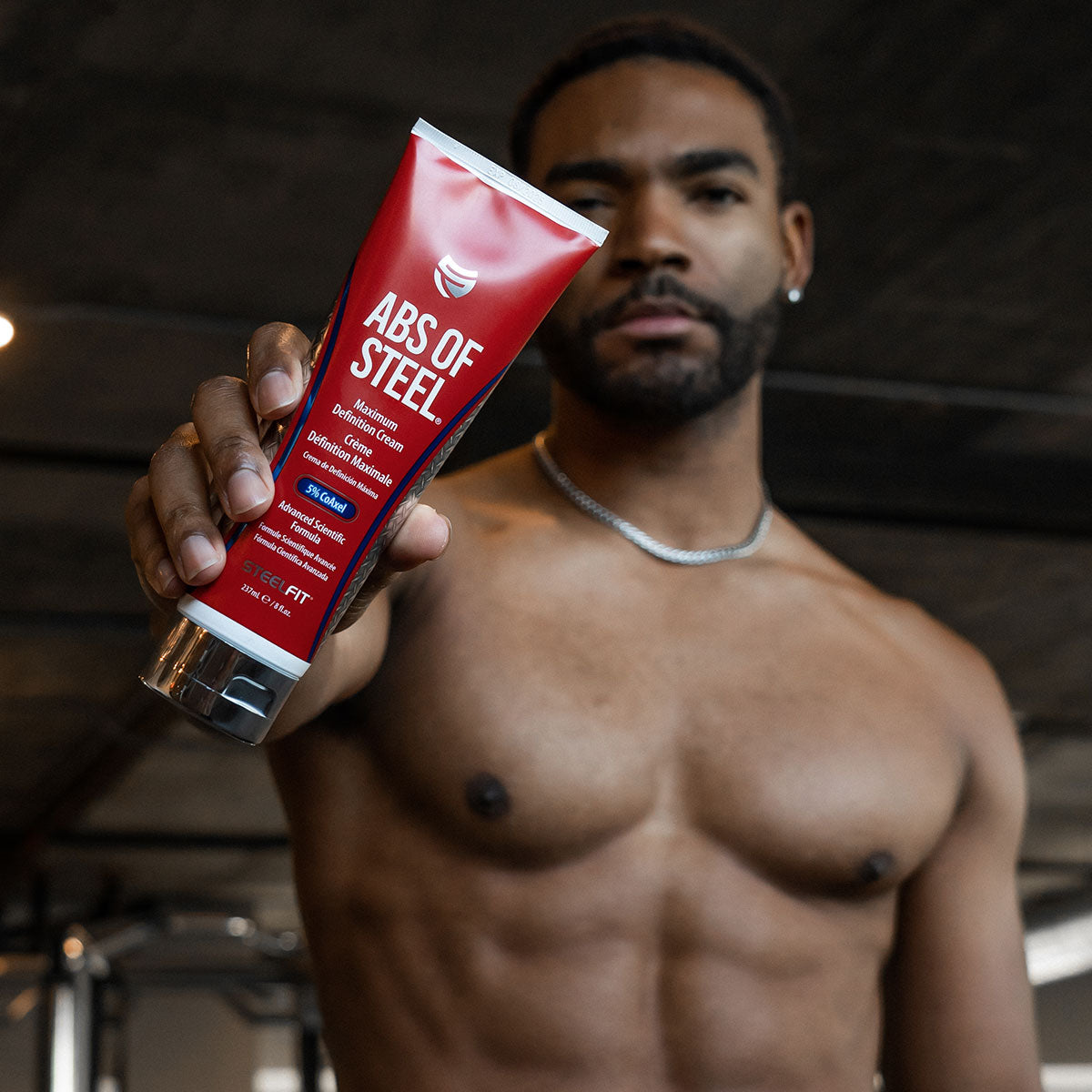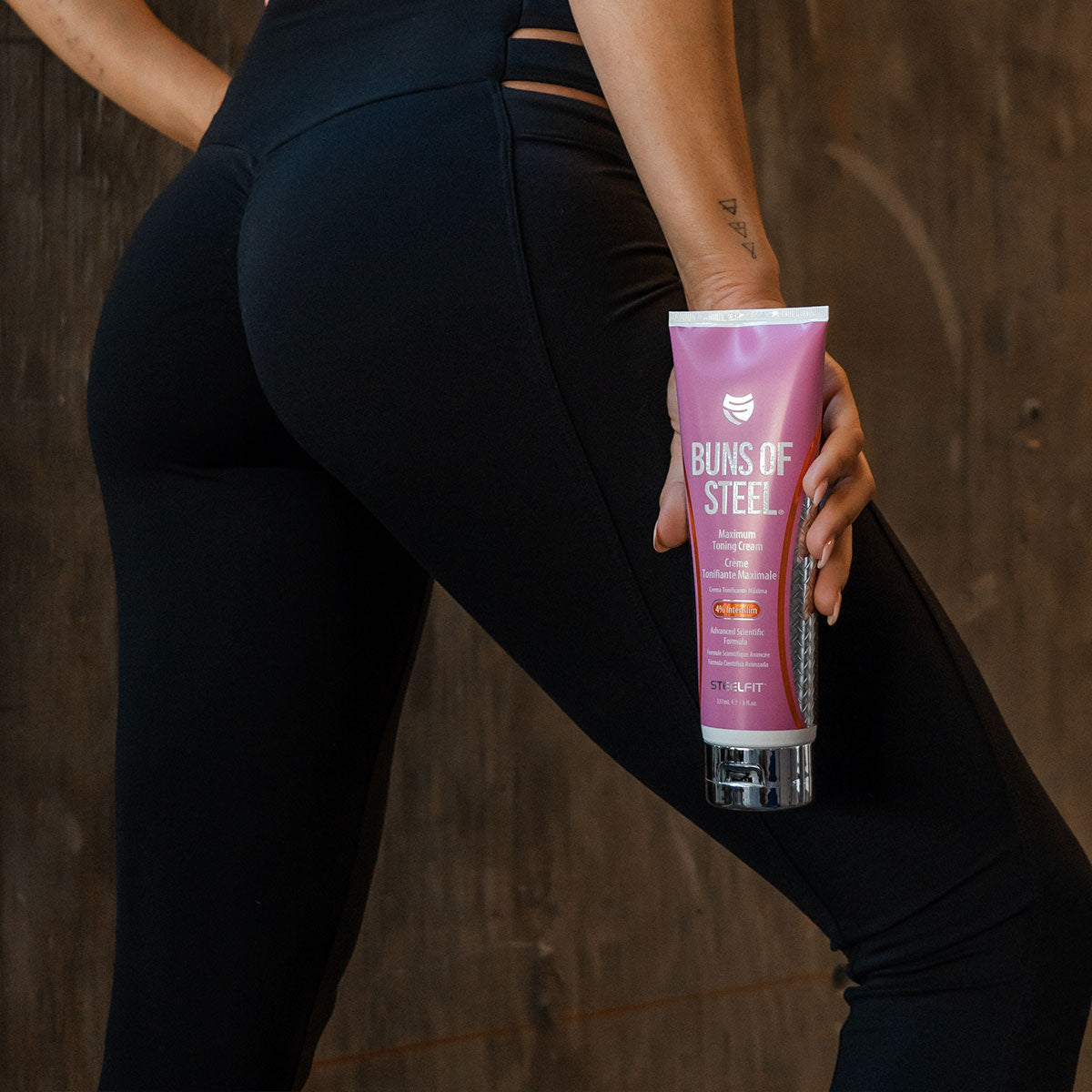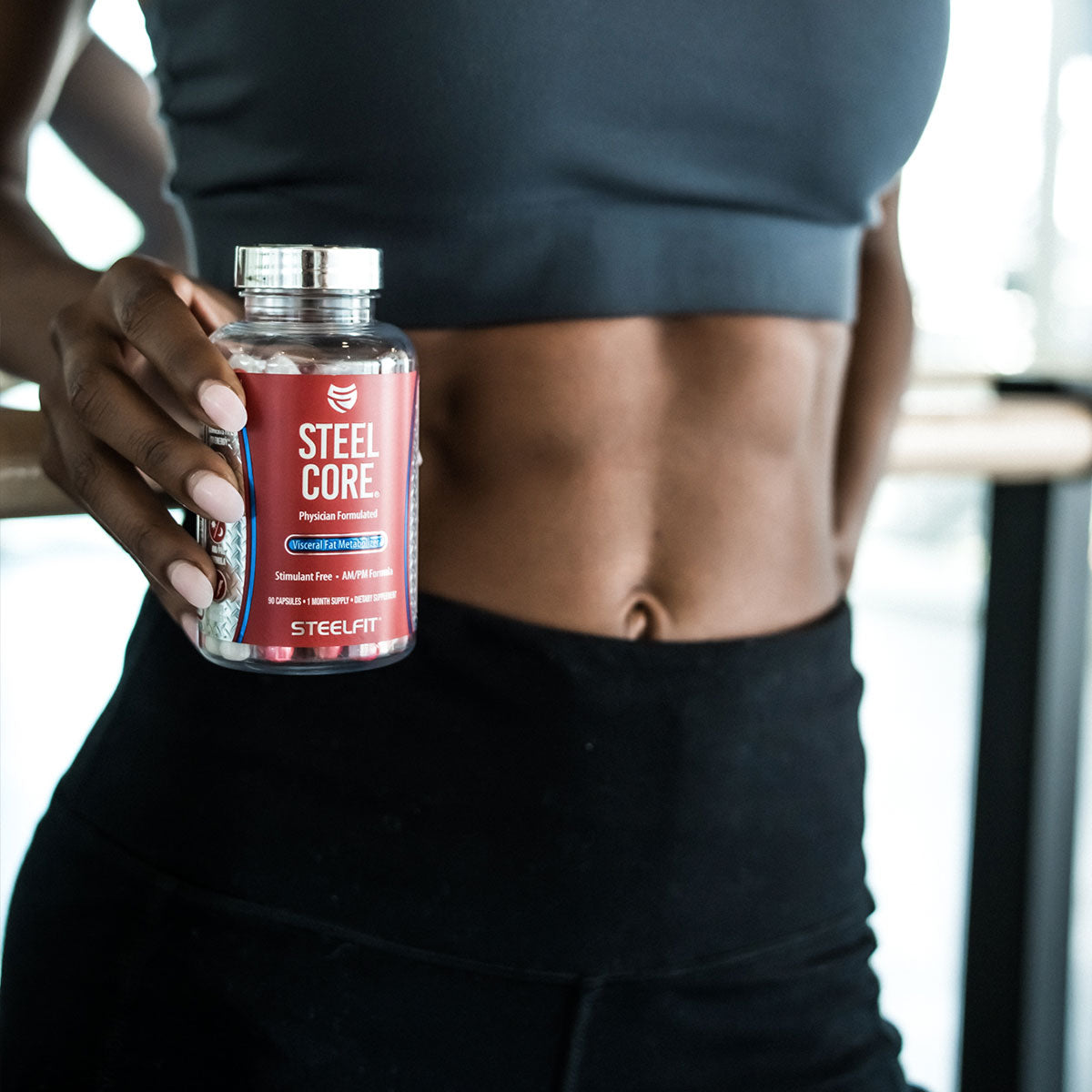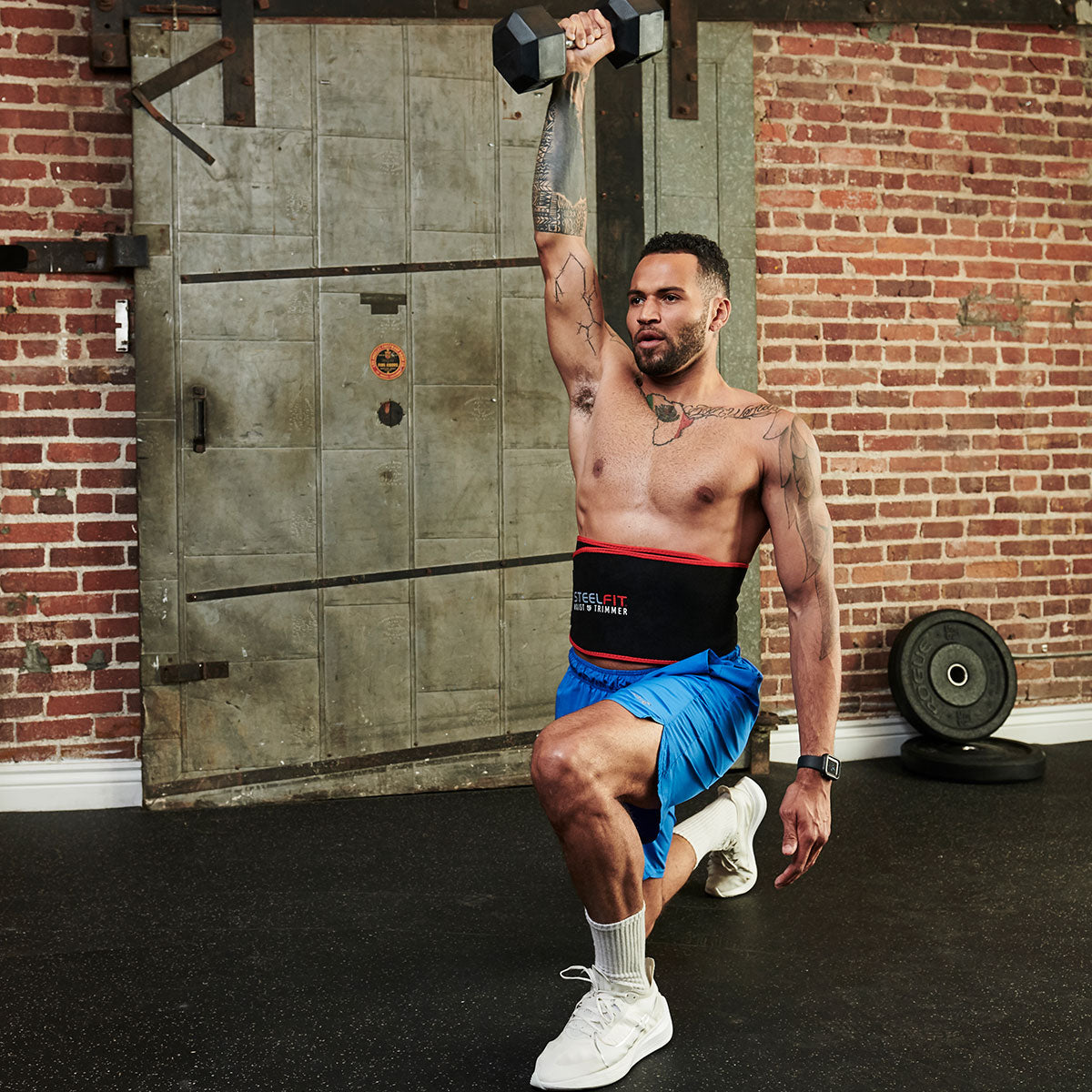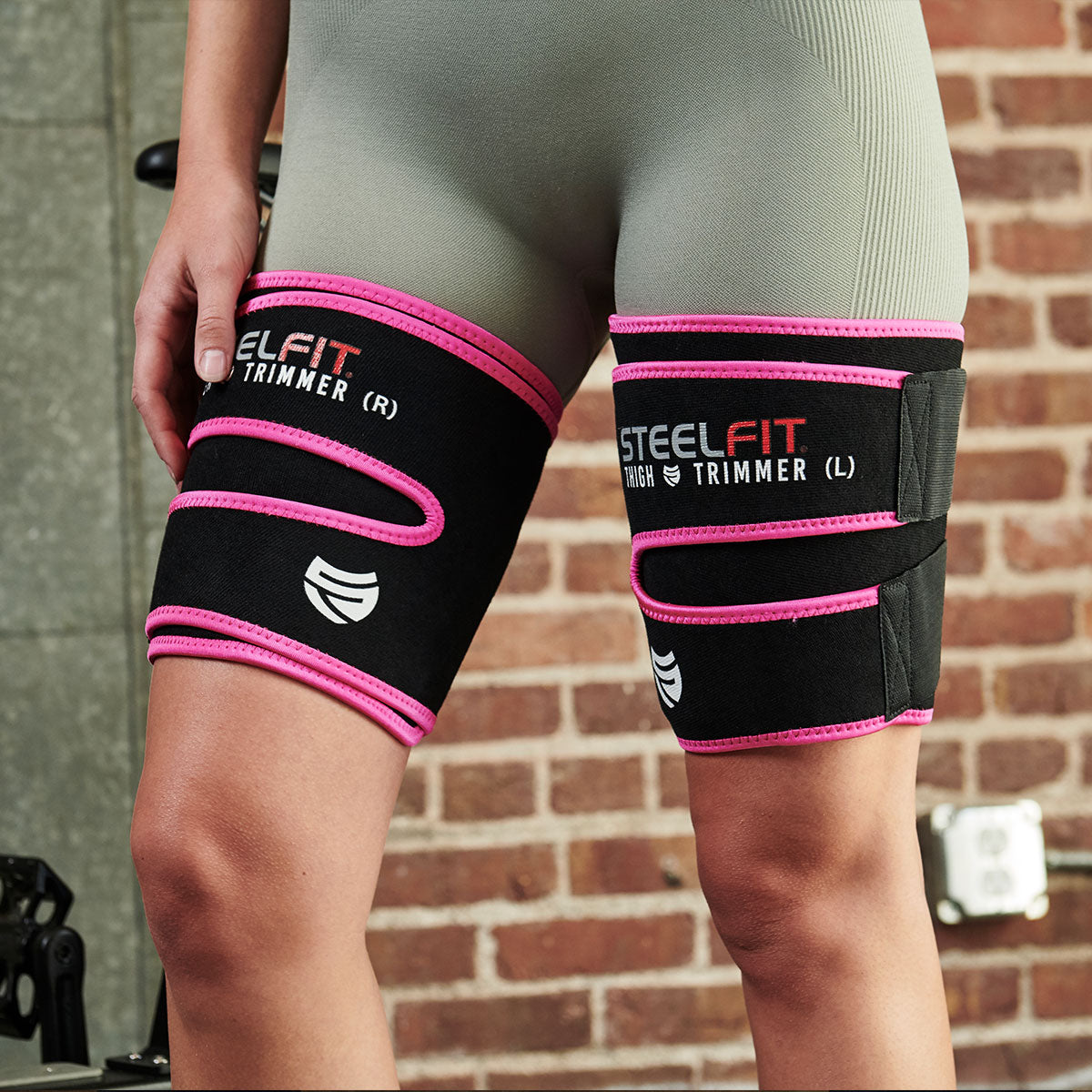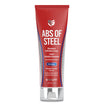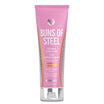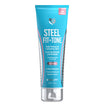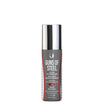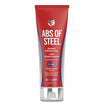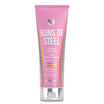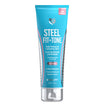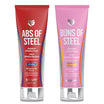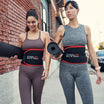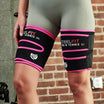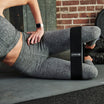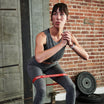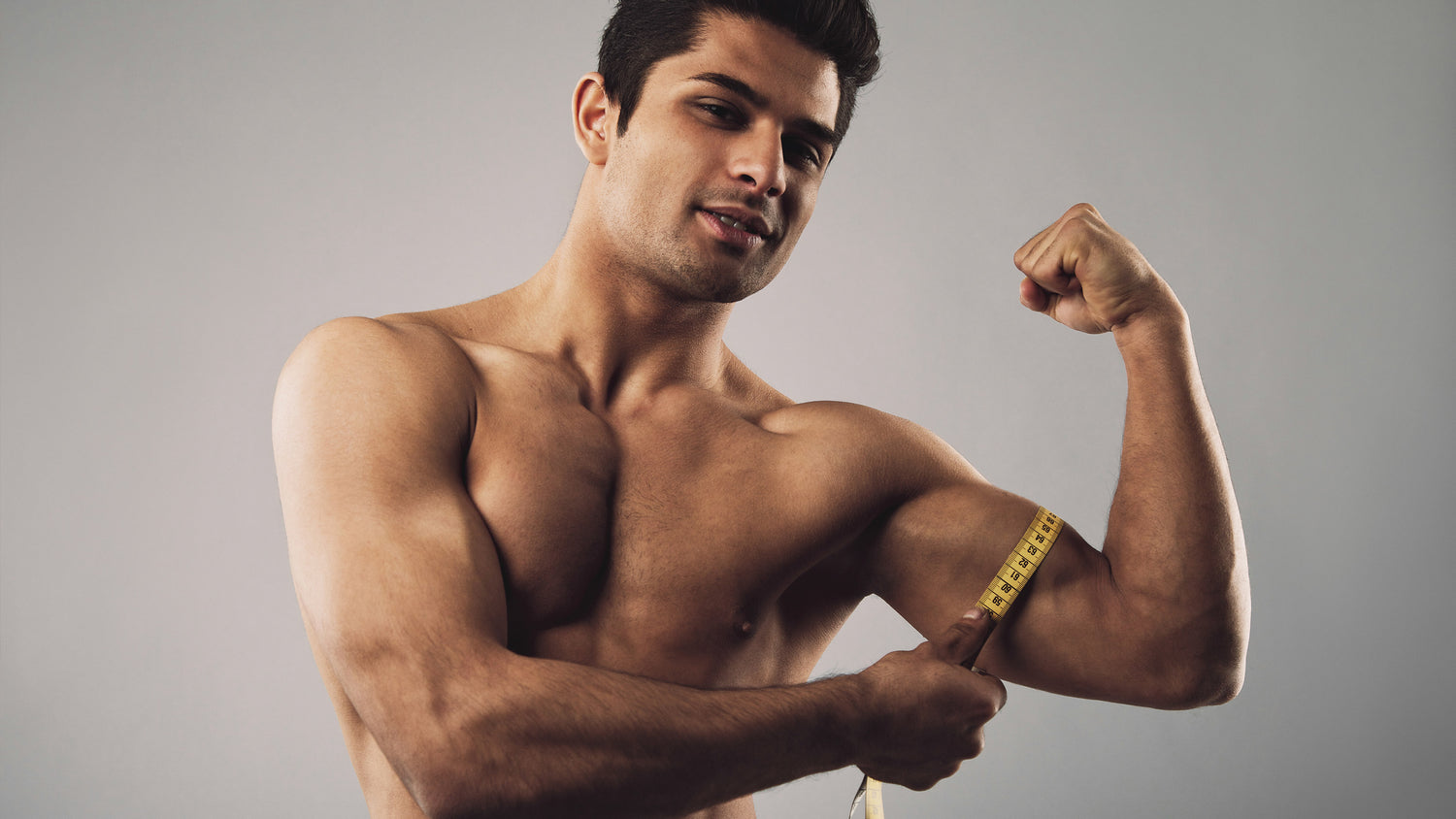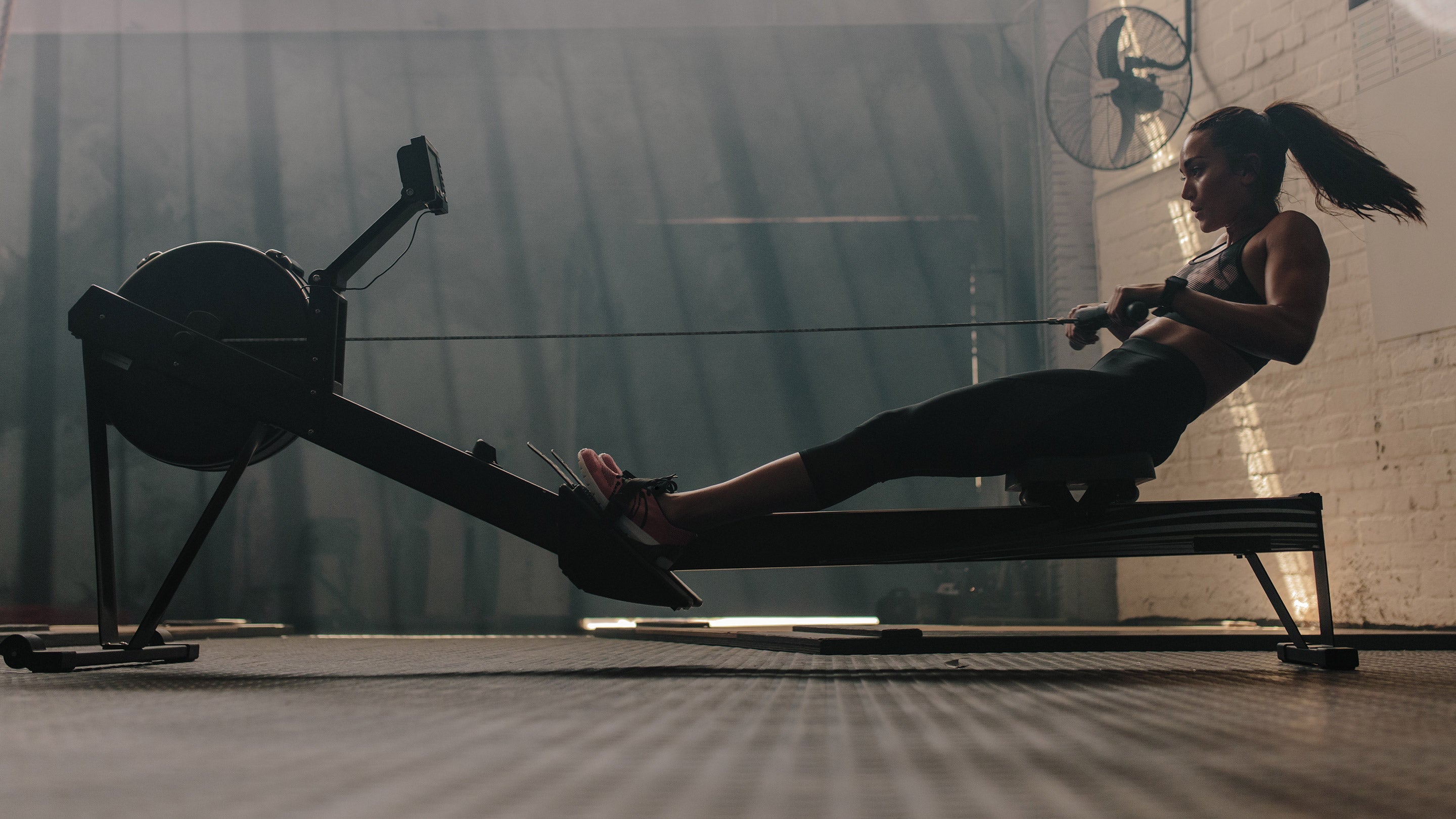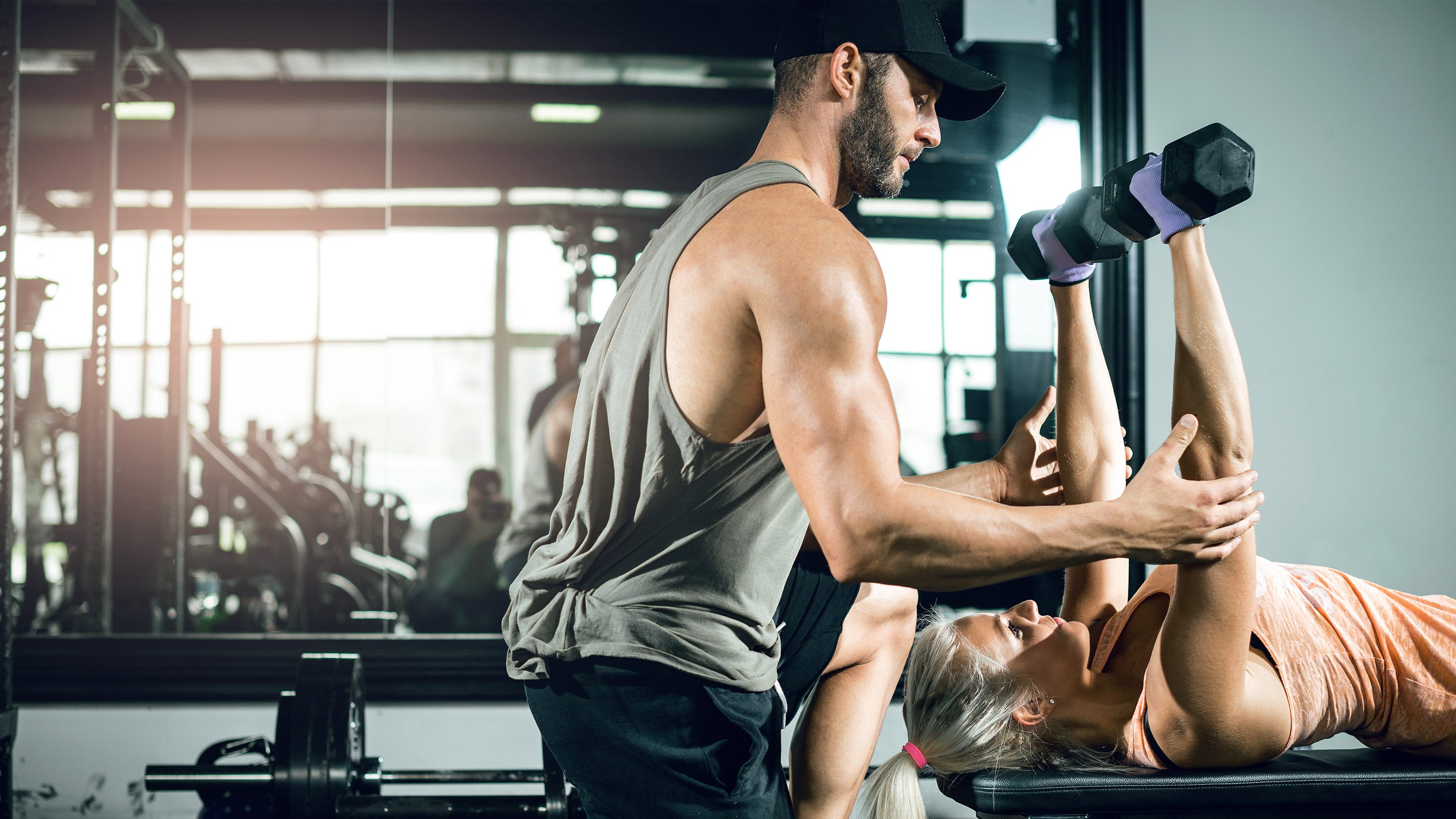If you’re like most guys who start lifting weights, you have two main goals:
- Build a bigger chest
- Build bigger biceps
And, if you're a girl, there's little doubt that toning your arms and getting a better definition is pretty high on your wish list (after all, no one wants those "bingo arms").
The problem is that many individuals (guys and girls) struggle to achieve their desired outcome for a variety of reasons, including (but not limited to):
- Using the wrong exercises
- Not executing the best bicep exercises properly
- Poor diet
- Insufficient sleep
Today, we’re going to discuss how to get better results from your bicep workouts, and it all starts with understanding the function of the bicep muscle.
Let’s get started!
What 3 Muscles Make Up the Biceps?
The “biceps” (anatomically known as the biceps brachii) is commonly thought of as a single muscle. Still, it consists of two heads (hence its name "biceps" from the latin prefix "bi-" meaning "two").
The two heads of the biceps are known as the:
- Long head
- Short head
The “long head” of the biceps is located on the
When wanting to build bigger and/or more defined arms, we typically refer to the two main heads of the biceps brachii. However, another biceps-related muscle to consider in your quest to build bigger arms is the biceps brachialis.
The biceps brachialis (or brachialis, for short) lies between the biceps brachii and triceps. When developed, it can help lift the biceps brachii and give the illusion of a "knot" between your biceps and triceps, creating further tone and definition in your upper arm.
What is the Function of the Biceps?
The biceps brachii has two primary functions:
- Flexing the elbow (e.g., curling a dumbbell)
- Supinating the forearm (e.g., rotate your palm from face down to face up)
The biceps are involved to some extent or another in virtually all compound pulling exercises, such as chin-ups, dumbbell rows, cable rows, etc. What grip you use (supinated vs. pronated) also impacts how much the biceps assist in executing a particular movement in training, with supinated grips leading to greater biceps activation.
Note: This will be important to remember when designing the best bicep workouts for bigger arms.
It also bears mentioning that the brachialis acts as a type of “bridge” between the humerus (upper arm bone) and the ulna (one of the forearm bones), and it assists in flexing the elbow.
Blood Supply and Lymphatics for the Bicep
The blood supply to the upper arm is managed primarily by the continuation of the axillary artery, called the "brachial artery," once it passes the lower margin of the teres major muscle.[1]
The brachial artery and its branches supply the muscles of the arm's anterior compartment in addition to all other structures in the arm, forearm, and hand.
Venous drainage in the arm is primarily handled by the cephalic vein and its tributaries laterally and the basilic vein and its tributaries medially.
These two veins and the brachial vein deep in the arm work together to drain into the axillary vein, which carries blood back towards the right atrium.
The cephalic vein closely parallels the lateral antebrachial cutaneous nerve distal to the nerve's passage on the lateral side of the biceps brachii tendon.[1]
What Bones Do the Biceps Attach To?
The short head originates in the coracoid process of the scapula, while the long head originates in the supraglenoid tubercle of the scapula.
The two heads of the biceps join to form a single tendon that inserts on the radial tuberosity and the fascia of the forearm via the bicipital aponeurosis.
The brachialis originates from the distal anterior humerus and inserts onto the ulnar tuberosity.
The biceps brachii is innervated by the C5 and C6 fibers of the musculocutaneous nerve. The brachialis is innervated by both the musculoskeletal nerve and the radial nerve.
What’s the Best Biceps Workout to Build Bigger Arms?
There are a lot of theories and suggestions for building bigger biceps -- most of them based around performing endless variations for dozens of sets of curls.
But you don't need to perform dozens of different types of curls each week (or each month, year, etc.) to build bigger arms.
You only need a few.
Furthermore, it would help if you executed the movements correctly (i.e., no swinging the weights up and letting gravity pull them down).
Just as the chest, back, legs, etc., can benefit from some variation in training, so can the biceps.
The questions that need to be addressed are:
- What types of curls should you be performing?
- How much volume does the biceps need to grow?
To the latter, there is no one set answer for all individuals. Furthermore, the number of sets needed to grow/tone your biceps may change as you evolve in your training. For instance, when you start, you may find you only need to perform 6-8 sets per week to build your biceps. However, as you become more experienced, you may very well need to perform 12, 14, or even 16 sets per week to stimulate the anabolic pathways in your body.
Overall though, research indicates that performing 10-20 "hard sets" (those where you are close to failure -- 1 to 3 reps) is sufficient to facilitate muscle hypertrophy for most muscle groups.
To the first question, you want to include three different curl variations in your training.
- One where the upper arm is in line with the torso (e.g., standing dumbbell or barbell curl)
- One where the upper arm is in front of the torso (e.g., preacher curl or spider curl)
- One where the upper arm is behind the torso (e.g., seated incline dumbbell curl)
The benefit of including these different angles is that they provide different forms of stress on the biceps, stressing them at different angles, which supports greater muscle engagement and leads to better training, results, and growth!
What About Supplements?
As we've said before, even the best supplements will have minimal impact if you're diet and training are lacking. Another way to say that is that if you don't put in the work, don't count on supplements making your biceps bigger and/or more defined.
However, for those of you that know how to get after it in the gym and know how to eat to support your goals, here are a couple of options to fuel your results:
Guns of Steel®
Guns of Steel® is our topical bicep muscle activator containing D3PA, Caffeine, Citrulline, and Arginine to stimulate metabolism, boost nitric production, and fuel better workouts for stronger, longer-lasting pumps!
Creatine Monohydrate
There's no other way to say it; if your goal is to get better in the gym (lift more weight, have better endurance, build bigger muscles, etc.), then you should supplement with creatine monohydrate.
It is the king of sports nutrition supplements and has been shown repeatedly to improve sports performance and athletic output across a wide range of physical activities.
SteelFit® creatine monohydrate powder uses the "gold standard" of creatine supplements -- 100% Creapure® to support ATP production, boost performance, enhance strength, elevate cognitive function and improve muscle recovery.
References
- Desai SS, Varacallo M. Anatomy, Shoulder and Upper Limb, Musculocutaneous Nerve. [Updated 2021 Jul 19]. In: StatPearls [Internet]. Treasure Island (FL): StatPearls Publishing; 2022 Jan-. Available from: https://www.ncbi.nlm.nih.gov/books/NBK534199/
